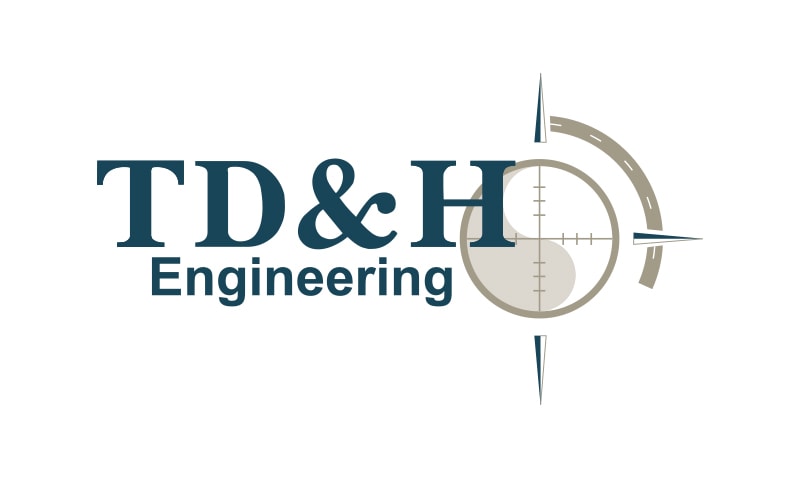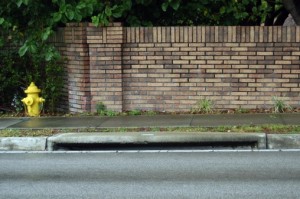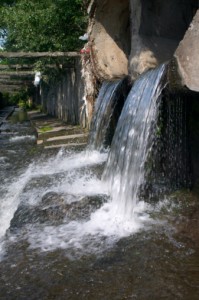
Stormwater Management – What’s the Big Deal?
There are many things to consider when designing a new building, road or other structure including functionality, aesthetics and cost. Among other things, it is important to ensure the building has enough parking and the road provides a safe driving experience; however, there is one aspect which can be easily overlooked: stormwater management. We don’t give a second look to a stormdrain inlet on a street corner, a culvert under a highway, or the detention ponds scattered around town until we have a severe summer thunderstorm or an autumn cloudburst that causes flooded streets and basements.
Proper stormwater management infrastructure could be key to minimizing the damage from those severe storms that wreak havoc on our cities, towns and businesses.
What is stormwater management?
During and after a rainstorm, any rainfall that is not naturally taken in by the soil or plants collects on the surface as runoff. The runoff flows onto city streets, highway ditches, parking lots, ponds and other places, eventually causing flooding or other problems if the runoff cannot drain. Stormwater management is the intentional placement of structures and devices to capture and control the flow of runoff. Common features include conveyance, detention and flow control. Conveyance structures can be as simple as a small vegetated swale or the slope of a parking lot and as complicated as a system of underground storm drain pipes in a city or town. Detention is usually designed as an earthen depression adjacent to a parking lot where the runoff from large storms can safely collect away from people, structures and vehicles. Underground storage systems also exist for areas where space is limited. Flow control comes in many forms such as concrete or metal weirs and orifices and is used to reduce the flow rate of the runoff.
Smaller projects usually require drainage swales with a detention pond and flow control structure to collect the runoff and allow it to leave the site at a smaller, more controlled flow rate than would normally occur after a site has been developed with buildings and parking lots. In a rural setting, metal, concrete or plastic culverts are used in conjunction with earthen ditches to carry stormwater alongside or under highways and railroads. Larger towns and cities use a system of underground stormdrain pipes and aboveground inlets to collect and transport runoff away from city streets.
Stormwater at TD&H
At TD&H Engineering, our team of civil engineers has extensive experience in urban and rural stormwater management design. Whether your project is a subdivision or a parking lot addition, TD&H is familiar with the city, county and state rules that apply. No site is too small and no project is too big to be analyzed with scrutiny and care.
Contribution by Camille Johnson, E.I.



